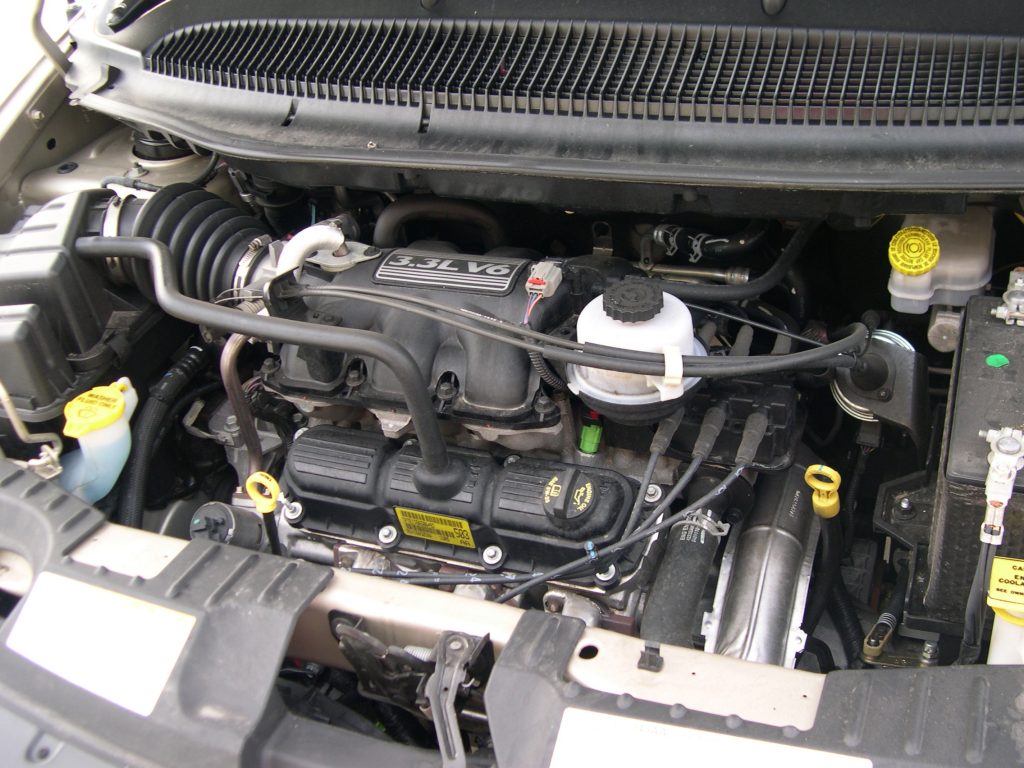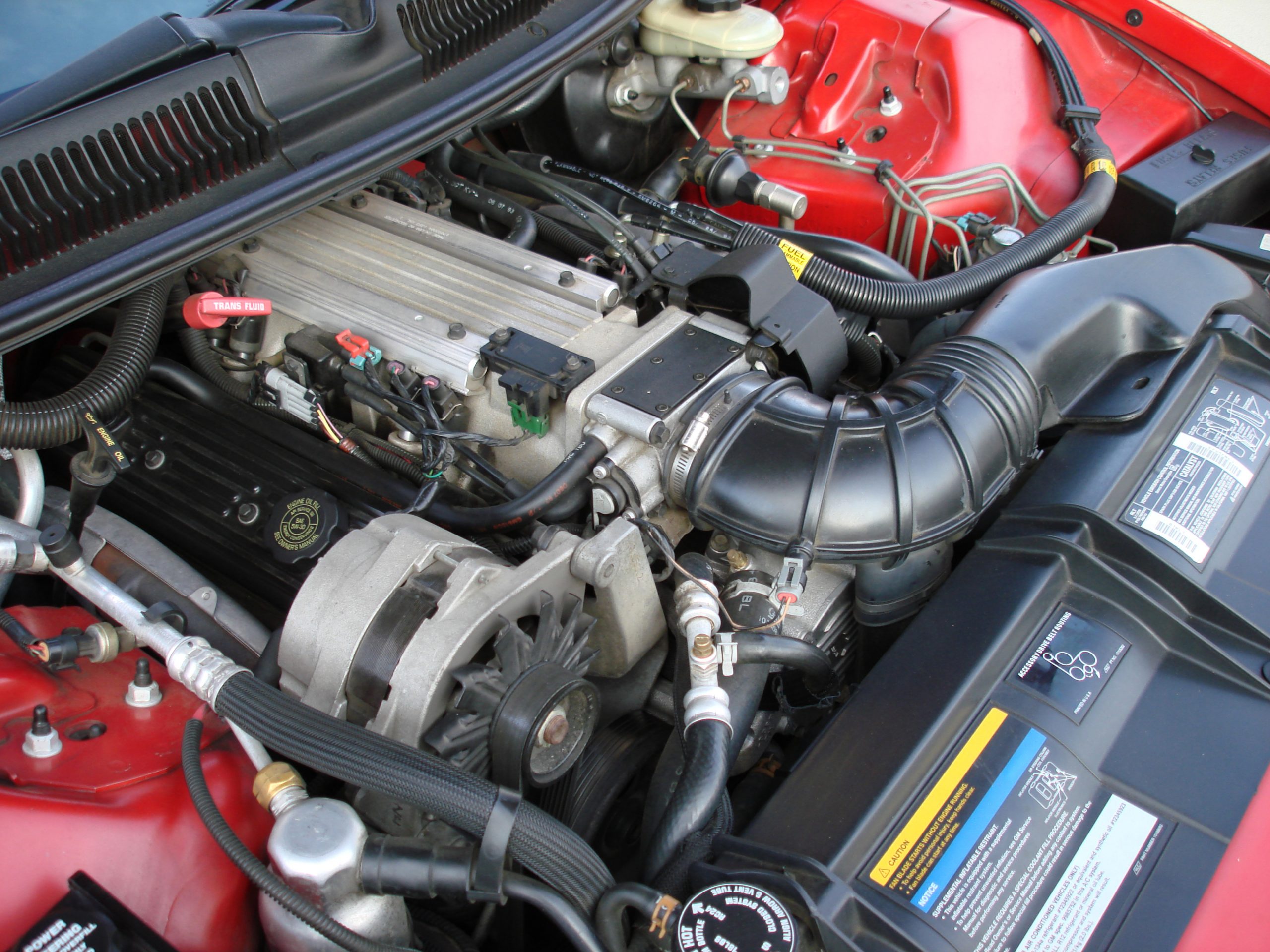– What is a coolant temperature sensor?
– How the coolant temperature sensor works
– Coolant temperature sensor malfunction
– How do I test the operation of a coolant temperature sensor?
– Replacing the coolant temperature sensor
– Coolant temperature sensor: price
A coolant temperature sensor is essential to ensure the engine cooling system’s excellent condition; it is a valuable component indicating the coolant’s temperature. Let’s discover together in detail its exact role, its functioning, its cost, and the best way to test it.
What is a coolant temperature sensor?
The coolant temperature sensor is a component of the engine cooling system. It monitors the temperature of the coolant and alerts the driver to overheating.
This sensor is connected to an indicator located on a control screen on the dashboard. The light comes on when the coolant temperature becomes too high.
Caution: As soon as the light comes on, it is imperative to stop your vehicle immediately and safely on the side of the road. This precaution prevents damage to the components of the cooling system, which could lead to engine failure.
How the coolant temperature sensor works

The sensor measures the coolant’s temperature (and consequently the engine’s temperature) and transmits the information to an ECU. Depending on the temperature level, the electronic system can determine the ideal parameters to make the engine run perfectly.
The sensor has 4 wires. It is positioned near the cylinder head, where the temperature is highest. Its voltage, which is 5 V, decreases as the engine heats up.
Note: if the sensor is defective, the ECU can no longer play its role correctly. It then measures the fuel temperature instead.
Coolant temperature sensor malfunction
A faulty temperature sensor can lead to severe malfunctions in some cooling system components. The overheat warning light on the instrument panel comes on after the engine is started.
The temperature sensor is no longer functioning, resulting in a decrease in engine efficiency. The problem results in a loss of power and smoke coming from the exhaust. It’s a breakdown!
Recommendation: In some cases, the engine will not start. It is better to call a mechanic without delay to find out the exact cause of the malfunction.
How to test the function of a coolant temperature sensor?
It is often difficult to check the condition of a coolant temperature sensor, as there is no visual indication that the part is defective.
Nonetheless, to check that the sensor is responding to different coolant temperature variations, a multimeter is used to measure:
– current in amperes (A) ;
– the voltage in volts (V);
– resistance in ohms (Ω).
It is the resistance in Ω that should be considered when testing the coolant temperature. The value of the resistance determines the temperature according to a table of correspondences. Thus, the lower the resistance, the higher the temperature.
For example, if the resistance measured on the multimeter is 0 Ω, the coolant temperature is 120°C and above, while the resistance of 3,000 Ω corresponds to a temperature value between 30 and 40°C.
Normal coolant temperature should be between 80 and 100°C when the engine is warm. Beyond this, the cooling system is overheating. If the sensor is defective, the will be low resistance, and this erroneous information will not alert the motorist that the engine is overheating.
Good to know: it is important to disconnect the sensor’s connector before performing the test.
Replacing the coolant temperature sensor
Without being an experienced mechanic, it is possible to replace the coolant temperature sensor yourself.
Caution: the vehicle’s engine must be completely cold. You must not have used the car for a few hours because a hot engine could cause coolant splashes at boiling temperature.
The replacement procedure is quite simple and consists of:
– opening the expansion tank to evacuate the pressure.
– disconnecting the connector;
– unscrewing the sensor with a suitable tool or unhook it, depending on the fixing;
– removing the sensor and the seal;
– cleaning the sensor area with a lint-free cloth;
– positioning the new sensor by screwing it in or by fixing it correctly;
– reconnecting the connector.
Important: Remember to check the coolant level in the expansion tank and add coolant if necessary, then close the tank.
Coolant temperature sensor: price
The coolant temperature sensor must be adapted to the type and model of the vehicle. You can purchase it at accessory stores or on specialized websites.
The price of a coolant temperature sensor is between $5 and $15, depending on the supplier.
Good to know: to obtain a full guarantee of the part and installation, you can have the coolant temperature sensor replaced by a professional who, of course, will charge for the material and service.

